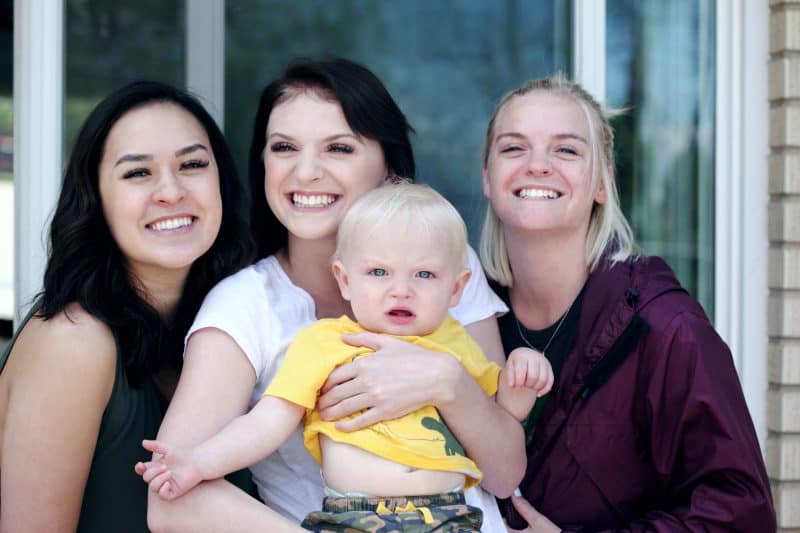Do your baby’s eyes continue to wander or cross over even after he is six months old? Does your toddler tilt his head or squint to see objects? If you answered yes to either question, you might want to read this post.
A baby’s eyes tend to cross over in the first few months of his life, and then straighten when he reaches 4 to 6 months of age. If he still continues to ‘wander’ his eyes after he is six months old, he may have strabismus. Read on to take a closer look at strabismus, how it can happen and how it affects your baby.
What is Strabismus in Infants?
Strabismus is a condition where the baby’s eyes exhibit a misalignment or ‘wandering’ in one or both the eyes. The misalignment can be either inward, outward, upward or downwards. This condition tends to be rather constant- however parents might notice it occasionally. Strabismus is usually present at birth and continues through childhood. The earliest diagnosis is when the child is already a one-year-old while there are many cases of a later diagnosis.
What Causes Strabismus In Babies?
For now, there is no single cause of strabismus in infants. However, researchers have found that this disease can be genetic. Some other findings also reveal that strabismus may develop as a compensation for when the eye is affected by other vision problems such as cataract or far-sightedness.
Some conditions that may increase the risk of strabismus in children include:
- Down syndrome
- Head injury
- Muscle injury
- Nerve injury
- Premature birth
Signs And Symptoms Of Strabismus In Infants:
Most of the time, toddlers with strabismus don’t complain of any eye problems. In most cases, either you or your toddler’s teachers are the ones who identify the problem.
Some of the symptoms include:
- Double vision (seeing two objects instead of one)
- Generic vision problems
- Squinting
- Tilting the head to see clearer
Strabismus Treatment in Infants:
There are different treatment options available for children affected by strabismus, which may vary depending upon any other existing conditions the child has.
1. Eye Patches:
Children with amblyopia (lazy eye), as well as strabismus, usually wear an eye patch over the straight eye. This forces the affected eye to put in more energy to ‘see’. The technique is thought to be quite helpful in the long run, and could strengthen the vision of the weaker eye and restore proper alignment as well. Toddlers usually wear these patches for 2-3 hours every day, while those with severe strabismus should don these patches for 6 hours.
2. Atropine Eye-Drops:
If you can’t get your toddler to wear an eye patch, consider using atropine drops instead. These drops temporarily blur out the vision from the straight eye, which forces the misaligned eye to work harder.
3. Eye Muscle Surgery:
If the patches and eye drops do not work and achieve proper alignment, you can also consider eye muscle surgery to eradicate the problem. This surgery helps loosen or tighten muscles, thereby reducing ‘wandering’ of the eye. While a surgery is an invasive treatment option, it is quite safe and effective, and doesn’t even require an overnight hospital stay.
A Word Of Caution:
It is important to note that children don’t outgrow strabismus- proper diagnosis and treatment of this condition is very important. Toddlers with strabismus also get better after trying some simple exercises that involve hand-eye coordination.
The best way to know about the most effective treatment options for your child is to get your child examined by a professional practitioner.
We hope this article helped you understand more about strabismus and some simple treatment options that could effectively treat it. Do you have some experiences to share? Let us know in the comments box below.























